Home is Everywhere,
Everywhere is Home
Swati Thiyagarajan
I watched the mountainside writhe in orange. Stark against the deepening sky, the dance of fire looked deadly and unavoidable. Heroic efforts by helicopters and firefighters wrestled the great beast down, only for it to start ravening on the next range a few miles over. This deadly waltz of fire and firefighters continued for ten days in the fag-end of 2023. Thankfully, there was no loss of human life or property.
However, loss of home and life was extensive for non-humans trapped by the flames. Pictures of burnt tortoises, who carry their homes with them, and charred reptiles and bewildered baboons were etched in my mind. Where do they belong now, I wondered.
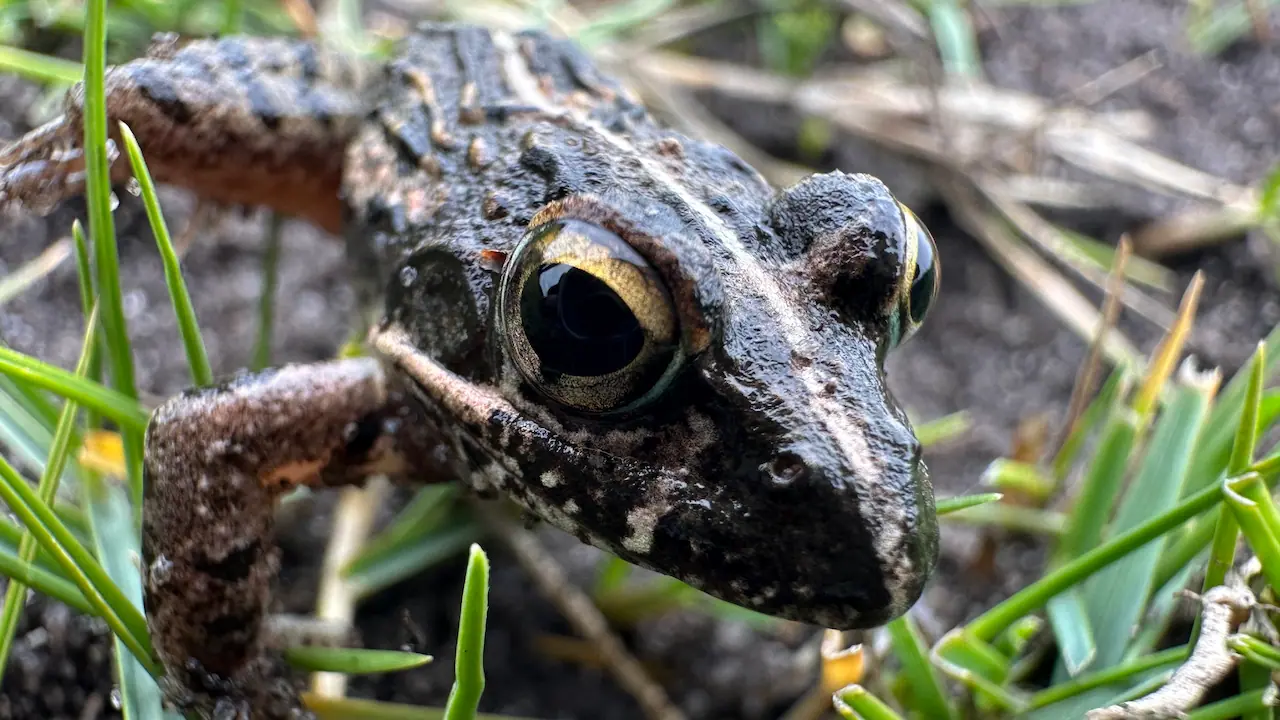
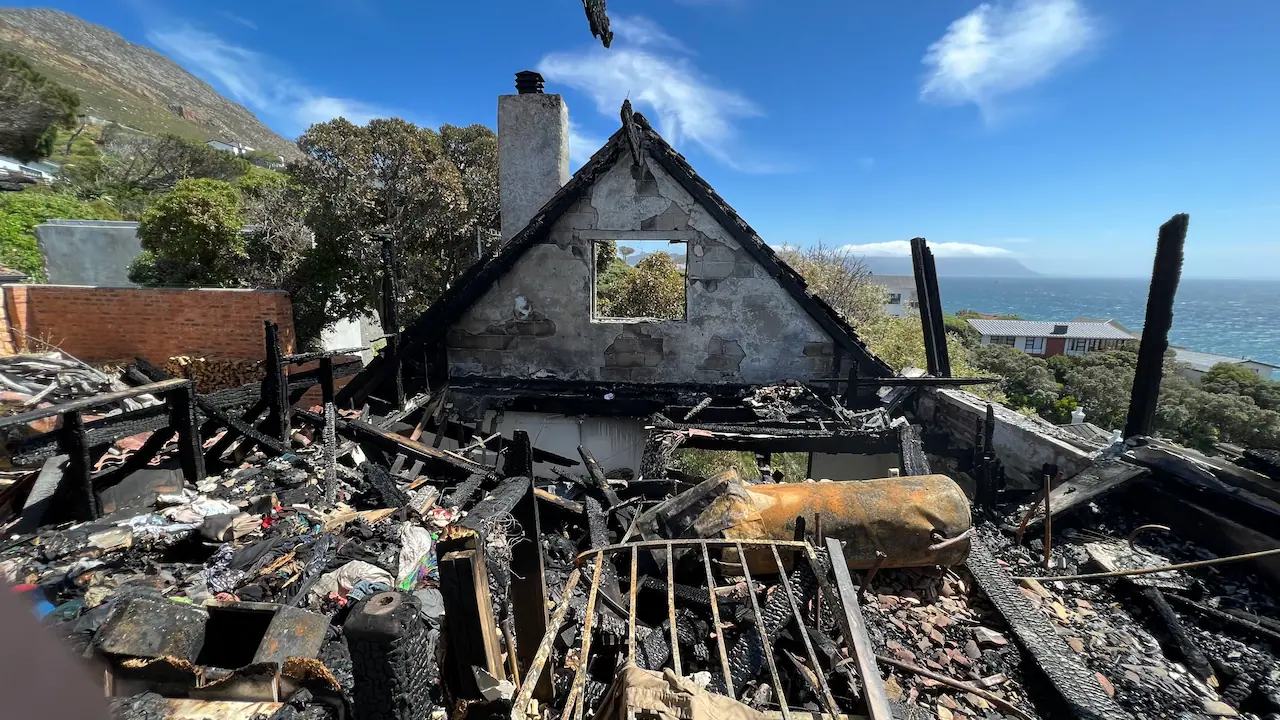
Cape Town had become my permanent home after I emigrated from India in 2008. As I stood there, it was not just the house that had caved in — the foundations of my life felt flattened.
Over the next few weeks and the following month, I focused on plans for a rebuild and negotiating with insurance firms — mundane but necessary work. I was moving forward, but I was feeling misplaced. One weekend, months after the fire and the rebuild of the house, when I was sure I had found my sense of inner balance, my phone threw up photos of our lost house. The feeling turned visceral.
Hiraeth. It’s a welsh word that is defined as a “pull on the heart that conveys a distinct feeling of missing something irretrievably lost”. I was back in the space where I was grappling with the notions of home and belonging.
But later that week, all of this changed.
I was at Cape Point Nature Reserve with friends, still feeling out of sorts. We walked along the beach, and as my footprints formed and faded on the shore, it felt like there was a glistening thread just out of reach of my fingers. The waves gently rolled towards the beach, throwing their foaming edges on the sand like flamenco dancers tossing their frothy skirts. And beyond the shore break, I saw shadows. Sleek dark shadows. A shiver of gully sharks surfing the waves!
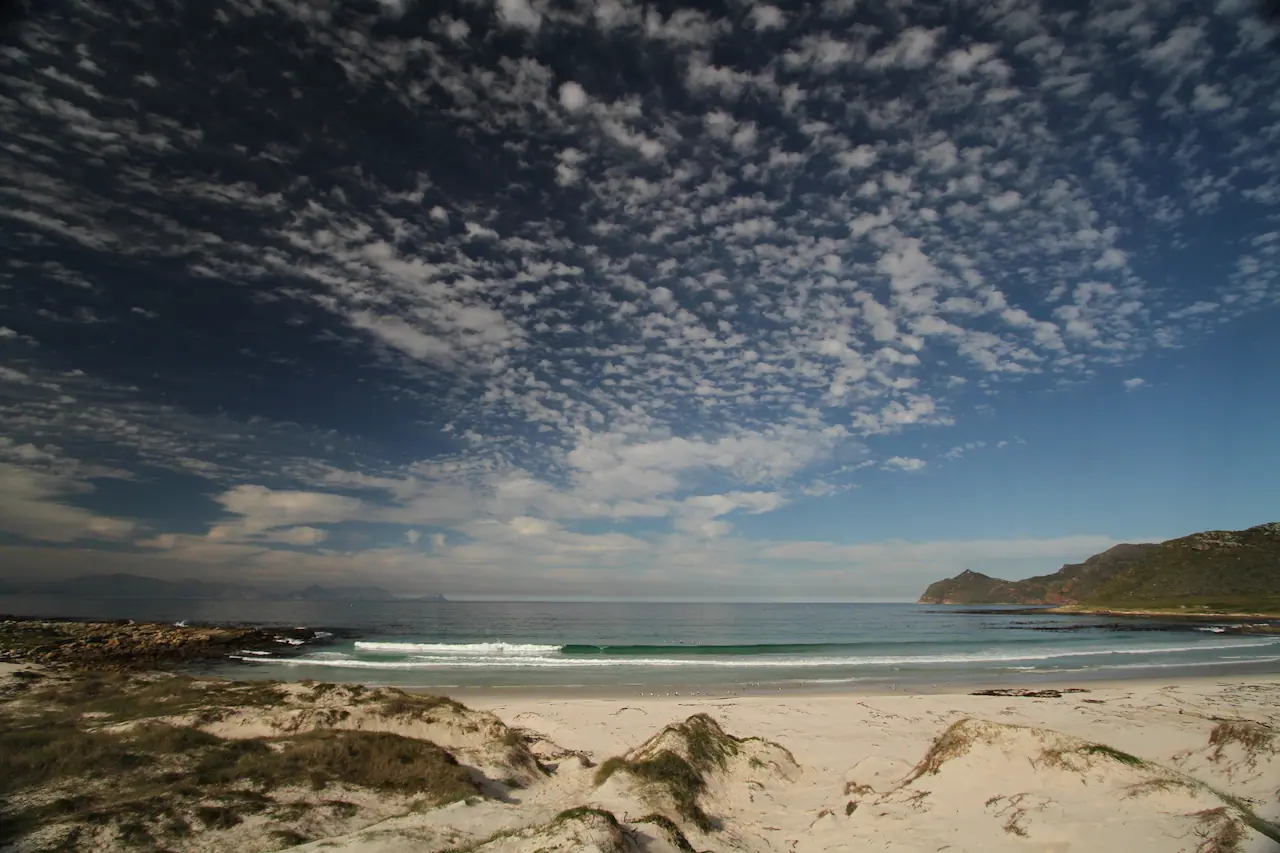
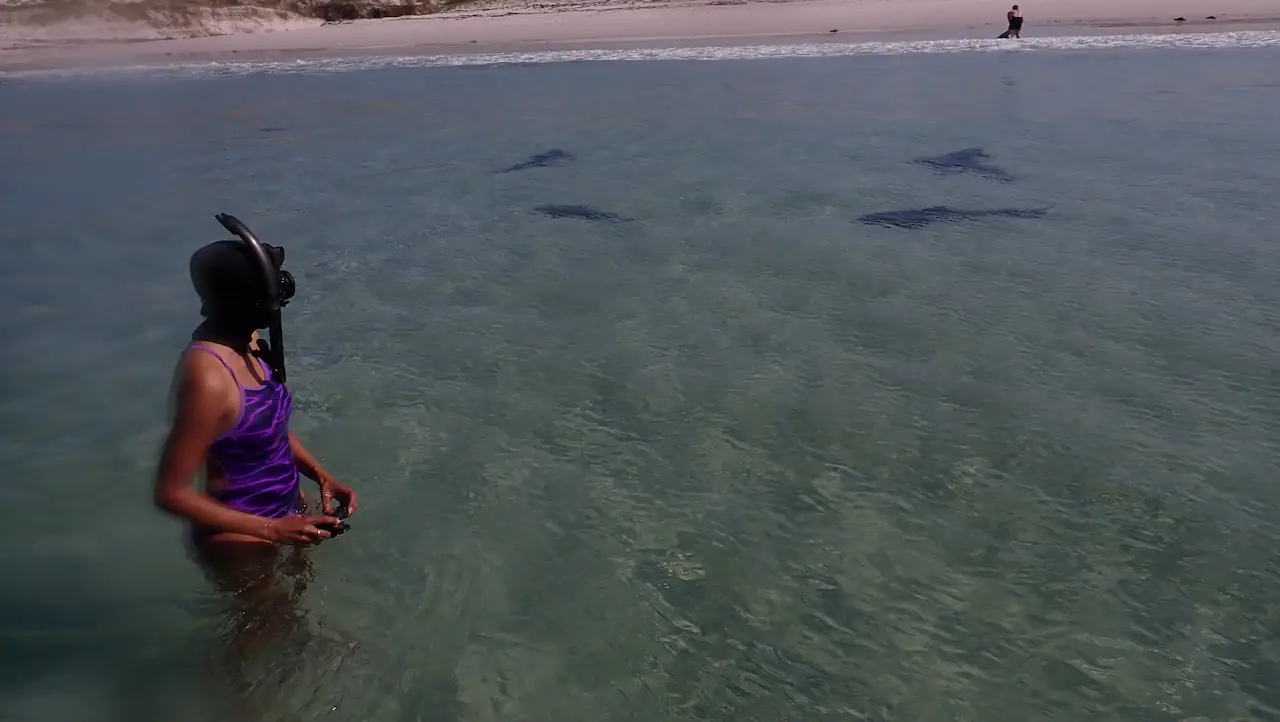
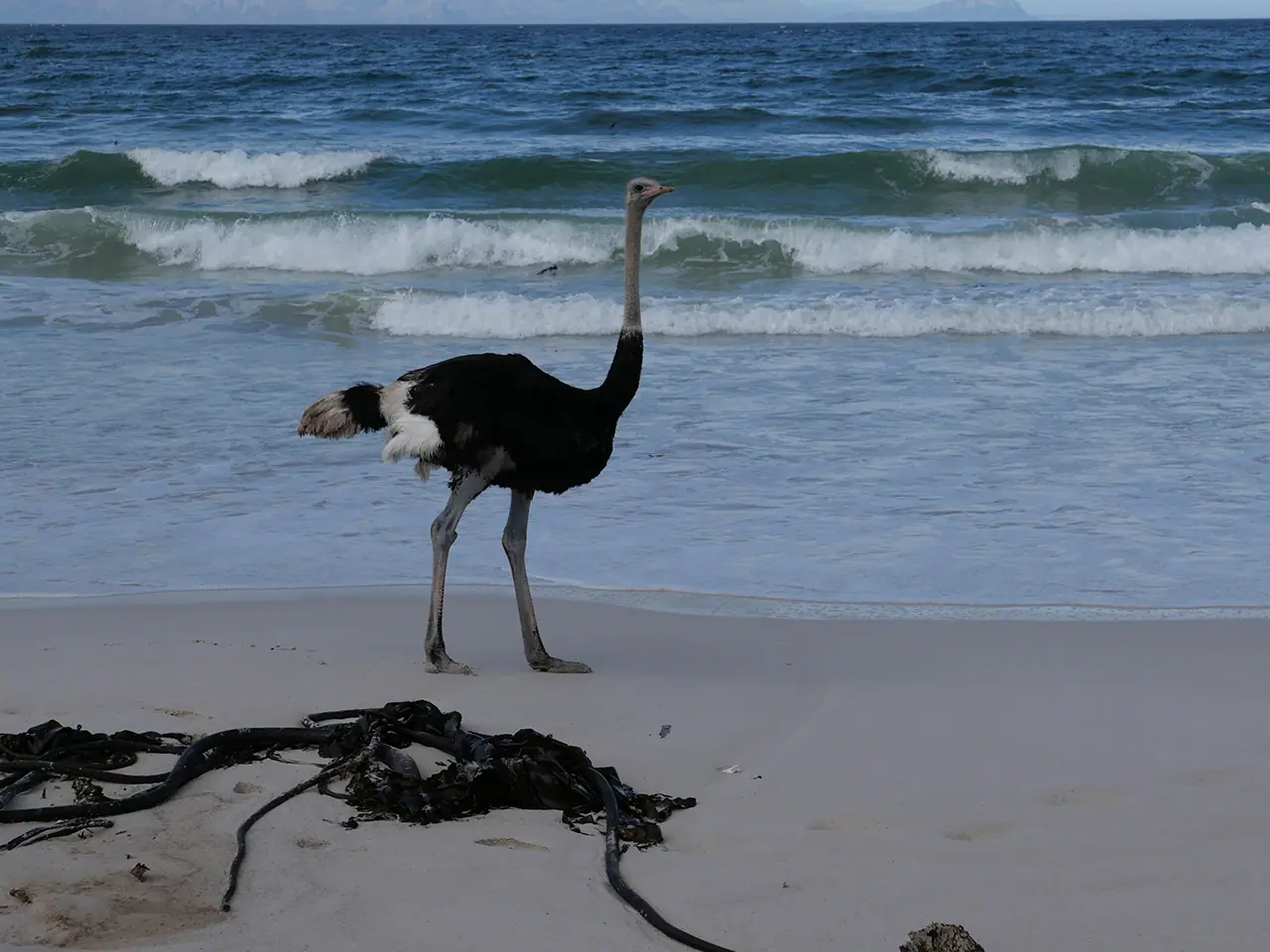
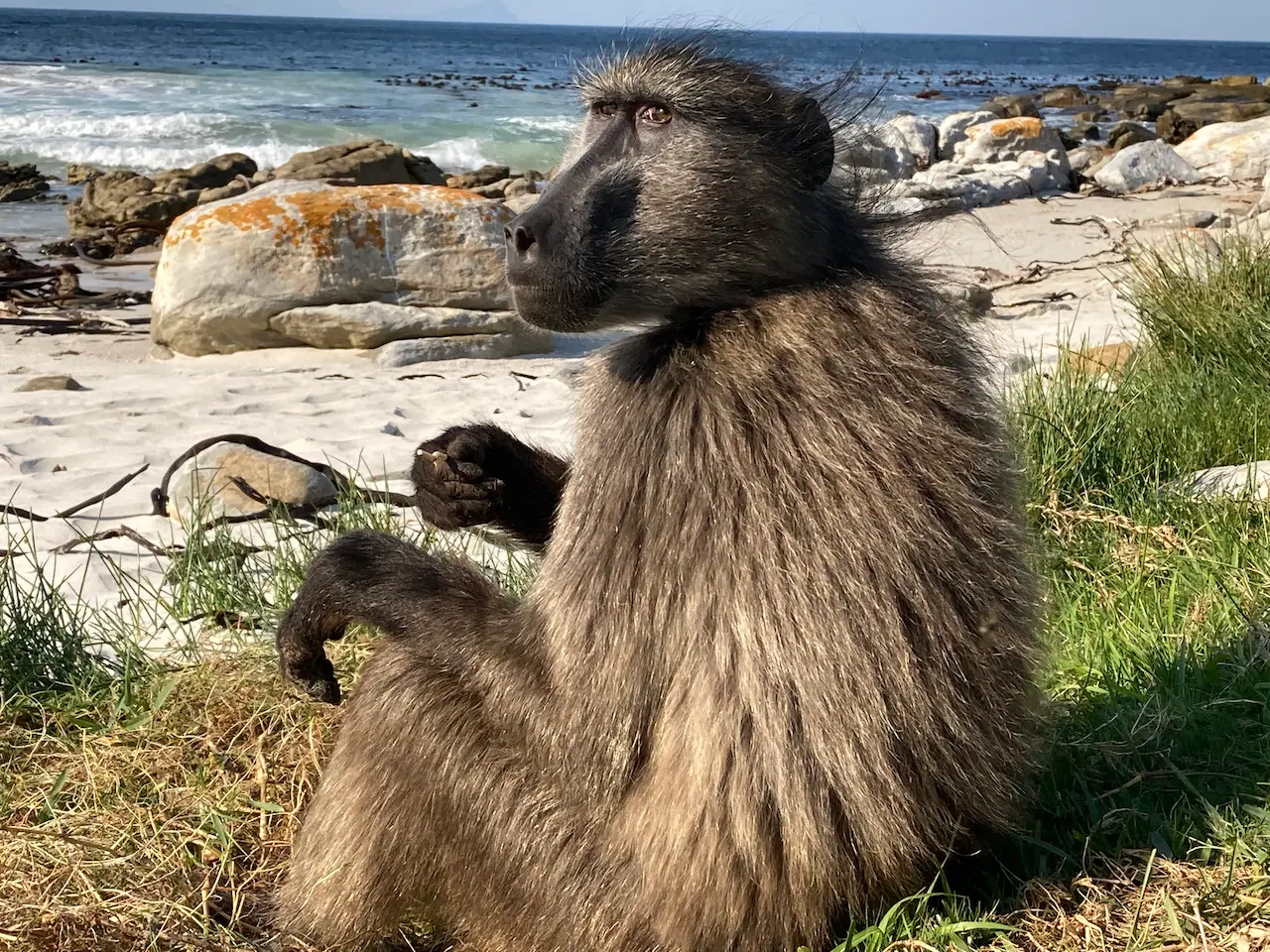
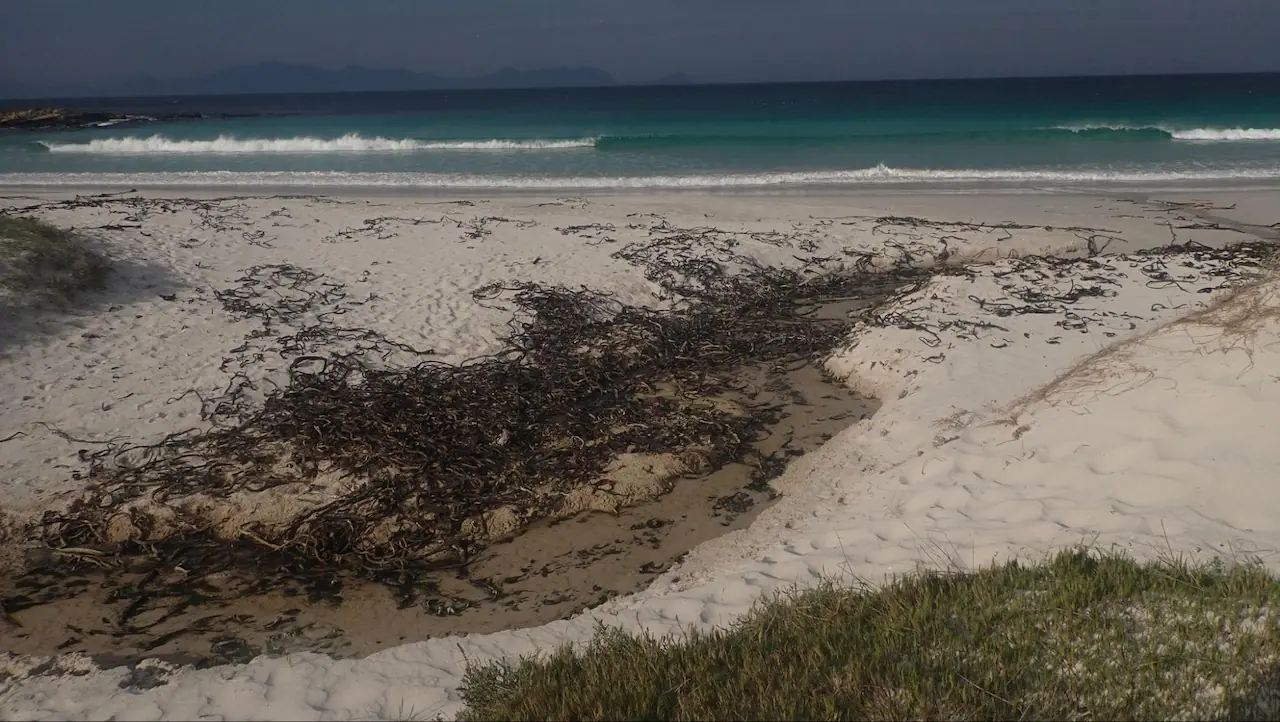
In that gathering-feeding-running-singing-flying-dancing-gliding-swimming-birthing-dying-living space, a sense of belonging settled around me like a tight hug. A deep realisation sank into my bones. Is home just a space of four walls and a roof? Isn’t home ultimately just a space where we belong? In a world rent by divisiveness and rancour and an easy “othering” of people, where generations have been displaced, chased out, colonised and segregated, maybe we cling to four walls and a roof because that’s where we make our stand. That’s where we belong entirely.
But standing in that living spot, I knew this wasn’t true.
I have always been a biophile. Biophilia is the combination of two words, “Bio” (life) and “Philia” (love), and was coined by Erich Fromm in his 1964 book, The Heart of Man: Its Genius for Good and Evil. From defined it as the “passionate love of life and all that is alive”. In my personal dictionary, it translates as “a fierce love for nature”.
Standing in those cold lapping waves, with the sky above and the land beneath my feet and the horizon stretching to infinity, I experienced what I had often espoused in theory: that as the human animal, nature was my true home. A space where I belonged. I remembered I was wild. And suddenly that glistening thread of connection that had been just out of reach landed in my hands like a rope.
As though prompted by my thoughts, I turned towards a huddle of damp rocks and my eye was drawn to a small squirt of water. More proof of our place in this natural world from which we often separate ourselves. The creature responsible for these mini fountains may not resemble us in any way, but it is more deeply connected to us than we could ever think.
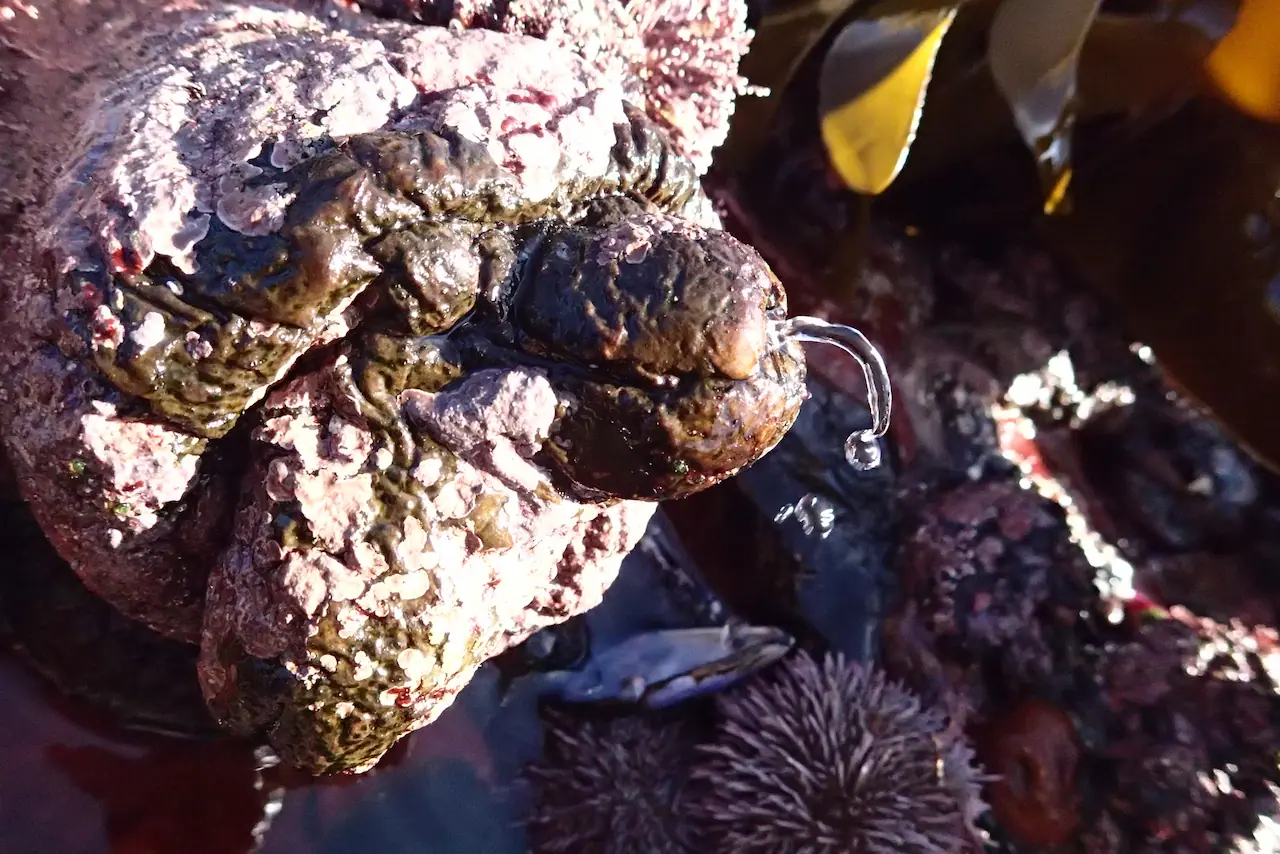
Ruby-red, bulbous and often tucked out of sight, red bait is a type of sea squirt. In its adult life, it is sessile, fixed in place, but it starts out life from an egg that hatches into a tadpole-like creature that swims free. These young creatures have an axis, a cord that resembles a spinal column. When they eventually attach themselves to a rock and metamorphose, the spinal cord vanishes. Unlike many stationary animals, red bait has a smooth outer body, or tunic, which makes it a tunicate. They secrete an anti-fouling substance that prevents anything from growing on them. They have two siphons, one that filter-feeds and the other that squirts out water.
So far, so squirty. But what do these glossy little nubs have to do with us? The facts are startling. When they were fully genome sequenced, scientists discovered that humans and sea squirts share 80% of the same genes. A bulbous little animal that looks like a plant that squirts out water, shares so much commonality with me! Once that door of realisation opens, there’s no coming back.
Recent research also shows that at least 154 genes in elephant sharks are comparably the same in humans. Some 450 million years ago we shared a common ancestor with sharks, making them our distant cousins. Many scientists believe that sea squirts and humans might have shared an ancestor 550 million years ago. We can take this even further and realise that we also share genes with a banana — nearly 60 % identical, to be exact.
So, when we take time to be in nature, we are taking time to be with our kin. Our oldest ancestor came from the ocean, deciding to make land home about 350 million years ago. The amniotic fluid in which we spend the first nine months of our life is comparable to sea water. Both fluids contain the same salts in almost similar proportions.
And amid all this life come the whispers of our human ancestors. Here on these shores, the first modern humans made intellectual leaps by creating symbolic culture, evolving the ability to take a pattern in their minds and represent it outside of themselves by etching it onto a piece of ochre about 100,000 years ago. Caves along here served as temporary shelters as they wandered wild and free in their home.
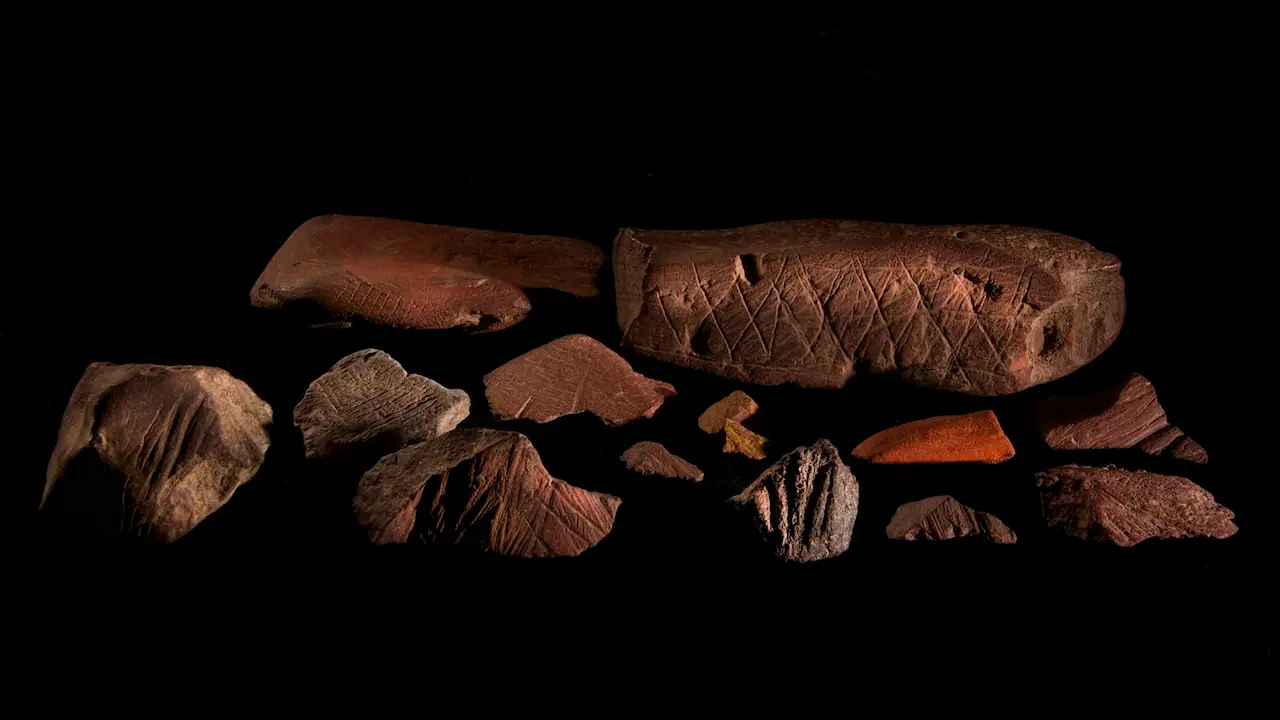
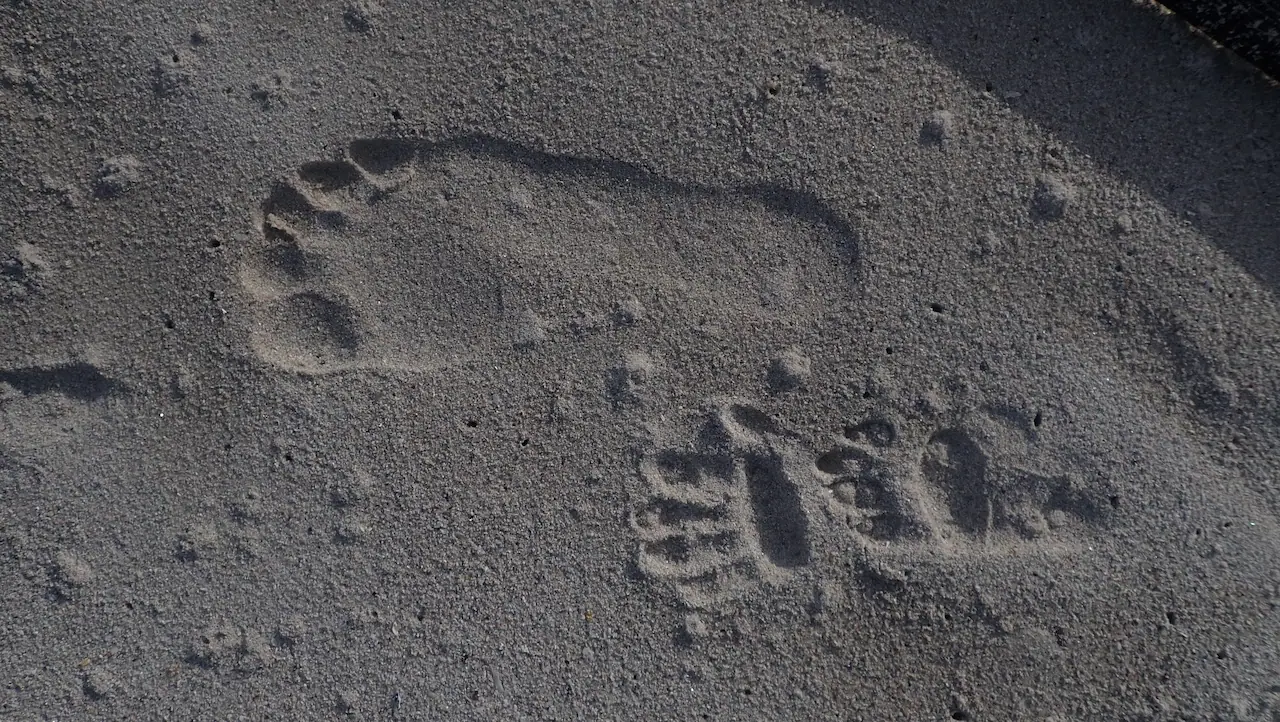
footnotes
Cover photo credit: Helen Walne
Remaining Photos: Craig Foster & Sea Change Project Team